The David Yarrow Wildlife Photography MasterClass includes 58 lessons spanning more than 7 hours long. Yarrow shares invaluable tips about wildlife photography and other forms of photography as well.
Do you consider yourself a photography master? Some do, others don’t, but even those at the top of their game can always afford to learn a thing or two more. As cameras and technology evolve, so too does the art of photography right along with it. That’s why I recommend the David Yarrow Wildlife Photography MasterClass which provides you with access to one of the most successful wildlife photographers of our time.
Who is this MasterClass For?
I am at that stage in my photography journey where my images are beginning to feel like “me too images”. I’m looking for creative ways to differentiate my images from the millions of other images out there. David Yarrow has done that in spades and I have followed and admired his work for many years. Never did I think someone at David’s level would offer to share their expertise and the thought process they go through to capture their images. This course is for those of you who are looking for this kind of inspirational content.
If you’re asking for my personal recommendation for an exemplary wildlife photography course in which you can learn a lot, David Yarrow Wildlife Photography MasterClass would be it. That’s why I wanted to write this blog post. Ahead, I’ll discuss David Yarrow’s fascinating photography background, what the course entails, pricing, and my favorite lessons from this wildlife photography MasterClass. Please note, not all of the video content relates to wildlife photography however I did find the other segments were interesting and informative with take away’s that could be applied to my wildlife photography, with few exceptions.
By the time you’re done reading, you’ll know for sure if David’s MasterClass is right for you. Before we dive into the weeds, I thought it would be a good idea for you to watch the trailer, it will give you an appreciation for David’s style during the MasterClass which I quite enjoyed. That’s important because people are really annoying to listen to for seven hours. Besides being inspirational I was struck by how humble David was given his success.
Who is this MasterClass NOT For?
If you’re looking for a class that teaches you how to use your camera, talks about the exposure triangle and how to use f-stops, shutter speed, ISO and the like in great detail this is NOT the MasterClass for you. There are plenty of posts on the internet for free where you can find this information. I have even written a few posts to help along those lines so be sure to check out the following posts if that’s what you’re looking for.
Rule of Thirds in Photography – Make It and Break It
What is ISO? – A Beginner’s Guide
Why Are My Photo’s Blurry? 12 Tips For Sharper Images
Wildlife Photography Tips | 10 Mistakes Nobody Tells You About
Who Is David Yarrow?
If you’re going to take a Photography MasterClass from someone, you want them to be an expert in their field, right? You don’t need to worry about that in the slightest with David Yarrow. He’s about as professional as they come.
Born on February 8th, 1966 in Glasgow, Scotland, Yarrow took his first official steps into the world of photography when he was in college at Edinburgh University. At only 20 years old, he was awarded the Young Scottish Photographer of the Year award for his work.
Yarrow also saw his images published in The Times as he photographed Mexico’s World Cup in 1986, the year he also won his photography award. One photo of Yarrow’s from the World Cup of footballer Diego Maradona showcasing his trophy became such a popular image that it’s been syndicated around the world.
Despite his natural gift for photography, Yarrow has been a stockbroker since his college graduation. He’s succeeded in this field as well, becoming Natwest Securities’ Director of Equities early after graduating.
It’s not like Yarrow put the camera down. All along, he was photographing, everything from portrait photography to wildlife. Yarrow continued to excel in his two career paths, having his photography work exhibited across London, where he moved to years ago and still lives to this day.
Yarrow is part of the African Conservation Charity Tusk Trust as an affiliate photographer. He’s given over a million dollars through his David Yarrow Photography effort towards the organization.
Further, Yarrow works with Mantis and Land Rover as a Creative Partner, as Nikon’s European Ambassador, as USB’s Global Ambassador, and as an ambassador for Best Buddies, the Kevin Richardson Foundation, and Wild Ark.
Besides his MasterClass, Yarrow has published four photography books over his illustrious career. The first of these is 2007’s Nowhere, which includes photos of Yarrow’s work at some the world’s most remote locations. His 2013 book Encounter includes fine art photography while 2016’s Wild Encounters is all about Yarrow’s wildlife photography. Prince William, Duke of Cambridge even contributed the foreword.
Yarrow’s most recent book is 2019’s David Yarrow Photography: Americas Africa Antarctica Arctic Asia Europe, which includes nearly 400 pages of his photography, with 150 images showcased in all. Tom Brady, the NFL star, wrote the foreword and Cindy Crawford added the afterword.
What Is the David Yarrow Photography MasterClass?
So I think it’s safe to say that David Yarrow’s photography advice is definitely some that you want to take given his background and achievements. As I’m sure you’re now pretty curious, next, I want to discuss the David Yarrow Masters of Photography MasterClass in more detail.
As I mentioned in the intro, Yarrow’s MasterClass includes 58 lessons that altogether are more than 7 hours long. Each lesson is divided into a chapter. Some chapters detail Yarrow’s storied background in photography and how he rose to the illustrious heights he’s at today. Others follow Yarrow on-location shooting wildlife in some truly fascinating places.
Sprinkled throughout each lesson are tips and lessons for photographers. Yarrow himself says that he follows the photography rule as established by Robert Capa that you need to be close to your subject to get great photographs. You’ll learn what Yarrow calls compositional tightness and how to use it to improve your own photography. Yarrow will also instruct on the importance of eye contact and pin sharpness in your images.
If all you have at this point in your photography journey is a smartphone you will still find this course beneficial provided you’re after the type of content I described earlier around creative inspiration. All lessons are presented in a very polished and professional video format. Some of the videos are only four minutes long while others are upwards of 20 minutes.
Once you pay for the MasterClass, you gain access to all 58 lessons. You can watch through them at once or take them in one by one depending on what’s most convenient for you. Re-watch and re-watch again until you absorb all the great info Yarrow has to share in this MasterClass, of which there’s a lot!
You also get study sheets for each lesson so you can make the most of what you’ve learned.
My Favorite Courses from the David Yarrow Photography MasterClass
I’ve included the full outline of the 58 lessons at the bottom of this post so for those of you who are curious to know the full course content it’s there for you. What I wanted to highlight were the courses that touched on topics that I found most interesting. I won’t spoil everything in the following lessons, but rather, give you a preview of what’s inside each video and the concepts you’ll find especially meaningful as a wildlife photographer.
#3 – Pin Sharp
Lesson #3 is called Pin Sharp. Although it’s short, with a runtime of 2 minutes, 41 seconds, it’s packed full of useful info. Yarrow mentions how the keyword to the photography language is focus, be that in sports photography like he used to do or in wildlife photography. You’ll gain great insights into the importance of focus in this lesson.
#6 – Research and Preparation
Another lesson I really like and learned a lot from is #6, Research and Preparation. This lesson is again a shorter video, 3 minutes and 24 seconds long, but it talks about one very important yet often overlooked aspect of photography: research.
I discussed this in my post about How to Become a Wildlife Photographer, but you have to research everything about where you’ll be going and what you’ll encounter as a wildlife photographer. Doing so helps you be prepared to survive in your surroundings.
Yarrow mentions that research is also important in learning your subject, especially if that subject is new to you.
#7 – King Penguins on South Georgia
When you’re done with lesson #6, go right into lesson #7, King Penguins on South Georgia. This is a meatier video module at 10 minutes, 39 seconds long. As the name suggests, it’s all about Yarrow’s experience in South Georgia photographing the penguins there.
If you want to learn how he preps for a wildlife shoot, then this is one video lesson you’re not going to want to miss. You may change how you get ready to photograph wildlife, as I know I certainly did!
#9 – Using Cameras and Remotes
Getting to the more technical side of things now is lesson #9, Using Cameras and Remotes. This lesson, which clocks in at 8 minutes, 10 seconds, covers the exciting technology of remote cameras. Yarrow himself likes using manual focus (and exposure) over auto-focus, even though he recognizes the usefulness of auto-focus.
He also talks about how he strives to be brighter than the camera, i.e., that he’s the one in charge, not the camera.
#10 – Photographing Bison in Yellowstone
Another lesson in the David Yarrow photography MasterClass that I greatly enjoyed was lesson #10, Photographing Bison in Yellowstone. This is one of the longer lessons in the course at 14 minutes, 39 seconds.
Yarrow’s bison photography work is incredibly renowned. If you too would like to photograph more bison, Yarrow shows you how. He says working with the animal is advantageous because they’re less violent than some other wildlife and you can often get close.
#19 – Points of Difference
I think you’ll get a lot out of lesson #19 too, Points of Difference. In this longer video lesson that’s 14 minutes, 56 seconds, Yarrow distinguishes himself from other photographers, but not in a pretentious way. After all, anyone can pick up a smartphone and take a picture, so what makes Yarrow stand out?
That’s exactly what you’ll learn as you watch. If you’re struggling to harness your originality and authenticity compared to everyone else, Yarrow offers his best suggestions for creating a unique photography style that will make you stand out.
#20 – Snow Monkeys in Japan
In lesson #20, Snow Monkeys in Japan, Yarrow is once again on location doing wildlife photography. This shorter video lesson, 2 minutes and 16 seconds long, offers a fascinating glimpse into Nagano, Japan’s snow-capped mountains and the monkeys that live there.
#28 – Tips for Working in Cold Weather
You might want to follow lesson #20 with lesson #28, which is called Tips for Working in Cold Weather. This short yet succinct video lesson, which is 3 minutes and 55 seconds long, crams in lots of tips for staying comfortable when you’re out in frigid cold for hours at a time.
One tip I really appreciate and have been doing for years. Bring lots of hand warmers along to keep your hands warm during shoots on -20 degree days. At one point David couldn’t feel his fingers.:))
I’ll also take this time to suggest wearing merino wool for warmth. That in-depth guide I wrote will tell you everything you need to know about merino wool, which keeps you warm, wicks away sweat, and doesn’t stink if you wear it for days at a time. I’m sure David Yarrow would approve.
#29 – Places to Photograph Bears
Bear photographers, pay attention! In lesson #29, Places to Photograph Bears, Yarrow will give you exclusive tips for where to globe trot to grab the best photos of bears. This 10-minute, 26-video lesson even includes a few exclusive spots where you can possibly find polar bears.
#31 – Photographing Grizzly Bears
After watching lesson #29, go right to lesson #31, Photographing Grizzly Bears. Over 8 minutes, Yarrow gives us personal insights into his own experiences photographing grizzly bears.
Yarrow has found one spot that he likes to photograph grizzlies, and he goes there again and again to capture images of them. From Moraine Creek to other locations you’ll have to watch to uncover, you’ll feel like a grizzly photographer pro by the time you wrap up this lesson.
#35 – The Best Advice
I of course have to mention lesson #35, The Best Advice. This 9-minute, 15-second video module is exactly as the name suggests, all of Yarrow’s awesome tips and pointers for becoming a better photographer.
I won’t give everything away, as I said, but one comment from Yarrow is that a camera is a conduit, whereas photography is more of a “manifestation of your inner soul,” as he says. That one had me pondering for a while and making me want to dig a little deeper into my own work.
#40 – Face to Face with Big Tuskers
Make sure you take the time to watch lesson #40 too, Face to Face with Big Tuskers. Over 9 minutes, 22 seconds, Yarrow shows you how to navigate photographing large, intimidating animals such as giraffes and elephants. You can also watch him onsite in Amboseli, Kenya, which is very thrilling.
#46 – Composition
You shouldn’t skip lesson #46, Composition. This 9-minute, 28-second video includes four major rules Yarrow follows as he composes his photos. I’ll tell you at least two of them: the use of tension points and the rule of thirds.
Yes, that’s right, the rule of thirds, which I discussed not too long ago on the blog!
#47 – The Art of Black and White
If you strive to photograph in monochrome, do pay attention to lesson #47, The Art of Black and White. This video is 6 minutes, 45 seconds long, so you should have time to sit down and dedicate to uninterrupted viewing.
Yarrow likes black and white photography, as he says it can create elements of romance in some instances. From artsy to business photography and wildlife photography too, Yarrow talks about how pure monochrome or single-color photography adds timelessness to his work and can with yours as well! This was one of the take away’s for me that I will be applying to my own work as I often don’t give thought to the thought of introducing black and white into my portfolio.
#55 – Monetising Photography
The last video lesson you definitely don’t want to miss from the David Yarrow photography MasterClass is #55, Monetising Photography. This video is 7 minutes and 31 seconds long, and each second is worth drinking in. Whether it’s your goal to eventually work with a gallery or just to sell your art online, Yarrow explains how he did it. You just might feel inspired to chase your own dreams!
How Much Does the David Yarrow Photography MasterClass Cost?
By this point, you have a very good idea of what the David Yarrow Photography MasterClass entails. One point I haven’t yet touched on though is price. How much does it cost to learn photography through Yarrow’s video lessons?
You have two different course options. The Discovery Class costs $55, but you get access to only 10 lessons. These lessons span 1 hour and 10 minutes altogether. Here are the lessons included in the Discovery Class:
- Lesson # 1 – Introduction
- Lesson #5 – Photographing Skijoring
- Lesson #11 – The Wolf of Main Street
- Lesson #17 – Being Playful
- Lesson #24 – The Hunter’s Hut
- Lesson #31 – Photographing Grizzly Bears
- Lesson #36 – Heading Up River in Borneo
- Lesson #39 – Ideas and Concepts
- Lesson #48 – Image Post Production (Part 1)
- Lesson #57 – Farewell
Once you commit to the Discovery Class, you can pay $125 on top of the Discovery Class fee to access to the whole course.
The second option is to buy David’s MasterClass, the full course with all 58 lessons. You’d pay $170 for everything Yarrow has to offer.
10 Reasons To Take the David Yarrow Photography MasterClass
If you’re still feeling a bit on the fence about whether David Yarrow’s wildlife photography course is right for you, I have 9 reasons that ought to help you decide to take the class.
1/ Learn From The Master
David Yarrow is recognized as one of the best selling fine art photographers in the world. I’ve followed and admired his wildlife photography for years along with others like Art Wolfe and Thomas Mangelsen. Never did I expect to see one of them invite me back stage to learn the thought process that goes into capturing their images as David has done with his MasterClass.
2/ Don’t Need Experience
Yarrow’s Masterclass is suited for all levels of experience, and it says that much in the course description. You can be a complete beginner and learn tons, and even more experienced photographers will not walk away from the course feeling unsatisfied. Yarrow’s personal insights culled from decades of shoots around the world, not to mention the footage of his travels that we get to see, cannot be replicated elsewhere.
3/ Don’t Need Fancy Camera Equipment
In the course, Yarrow goes into a lot of specifics on camera types, especially in that lesson about camera remotes and tech. That can make you feel like you need a top-of-the-line expensive camera to get a lot out of this course, but that’s just not true. As the course description says, whether you have a basic DSLR camera, a smartphone camera, or something in between, you can still make the most of this course.
4/ One-Time Fee
If the price has you reticent to proceed, feel confident knowing that once you pay, you’re not charged again. The only exception is if you start with the Discovery Class and choose to upgrade to the full MasterClass midway through your lessons. You’re never charged a third time though. The fee you see is what you pay and that’s it.
5/ You Own the Video Lessons for Life
Oh, and did I mention that the video lessons are yours for life? Seriously. Whether you pay for 10 lessons or all 58, those lessons are always accessible to you via your login. Even if you decide that you want to brush up on your photography skills several years from now, you wouldn’t have to purchase David Yarrow’s video lessons again.
6/ The Convenience of Video Lessons
I don’t know about you, but I learn best when it doesn’t feel like I’m learning. There’s something about structured written lessons that it seem like I’m back in the classroom. I start tuning out quick.
With Yarrow’s MasterClass, there’s no such issue. Each lesson is in video format. The lengths of the videos aren’t so long that your concentration dwindles, and the subject matter is always fascinating too.
7/ Go at Your Own Pace on Your Own Time
Another great part of Yarrow’s class is that you don’t have to learn everything all at once. Watching each of the 58 video modules in one sitting is a possibility, and if that’s how you learn best, then more power to you.
If you’d rather watch a video a day, or even one or two videos a week because you’re busy, that’s fine. You can also pause and rewind the videos anytime. Remember, they’re yours for life! Do what you want with them.
8/ Viewable on Many Devices
Also making it easy to learn when you have time is that the David Yarrow photography MasterClass video lessons are accessible on all sorts of devices. You can watch them on your desktop computer, your laptop, your smartphone, and your tablet. That gives you the freedom to continue your video lessons from the comfort of your own home or on the go.
9/ Personalized Certificate
If I go through the time to take a course, even one online, I want to be able to tell people I did it with some sort of documentation. You can do that with Yarrow’s MasterClass. Those who buy the full course will receive a personalized certificate that shows they completed the class.
10/ 30-Day Refund Policy
Although I don’t think it will happen, if by chance you find you didn’t get much out of Yarrow’s MasterClass, you can reach out to Masters of Photography up to 30 days after your purchase and get an exchange or a full refund. This is part of their 100% Satisfaction Guarantee.
Conclusion
David Yarrow is a very well known name in photography. His MasterClass includes 58 separate lessons, you can watch Yarrow go on location as well as listen to his personal insights, tips, and advice for bettering your technique, confidence, and originality as a photographer.
The full MasterClass is not terribly expensive, and the video lessons are yours for a lifetime. Any photographer can get something out of the David Yarrow Photography MasterClass, so I sincerely hope you consider it for yourself! You won’t regret it.
Full MasterClass Lesson Plan
58 lessons over 7.5 hours




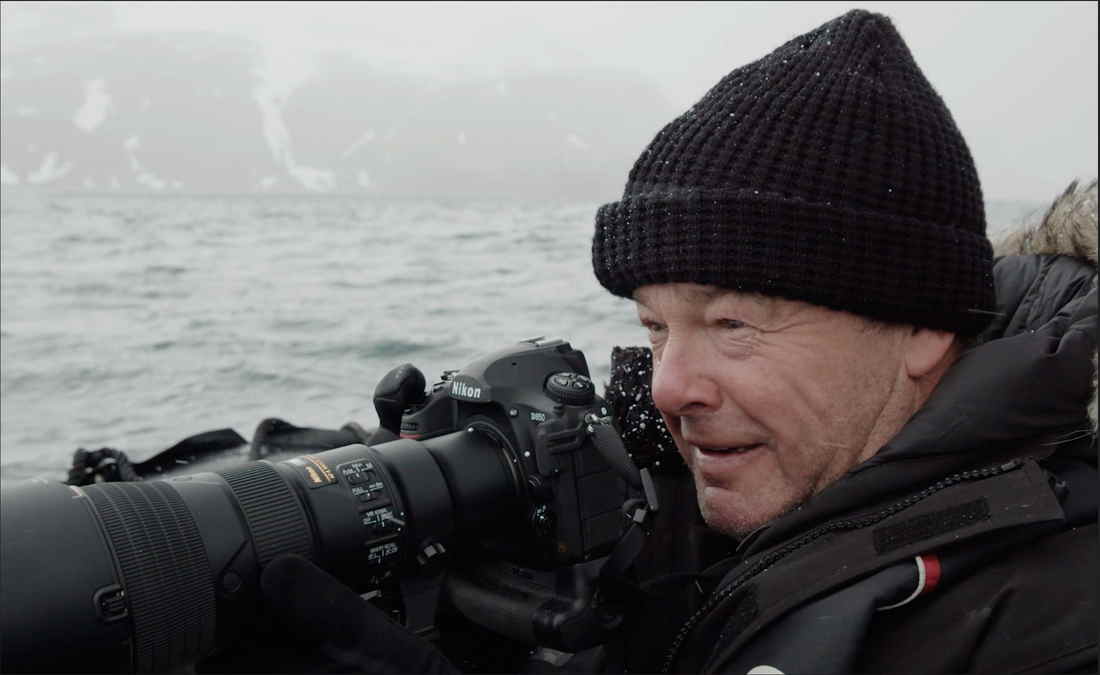
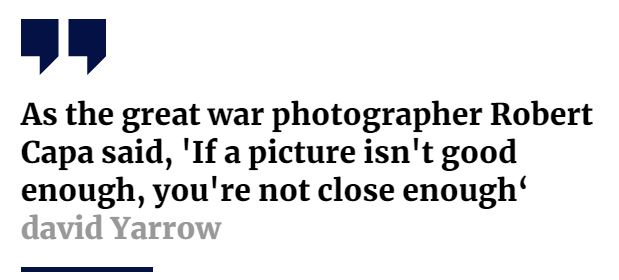


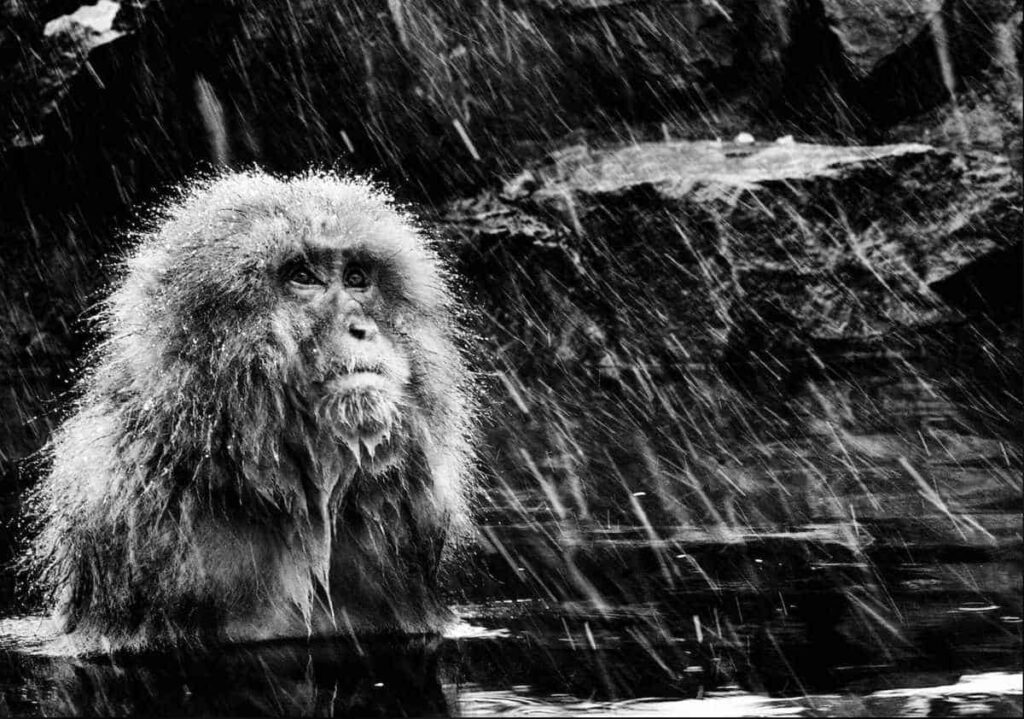
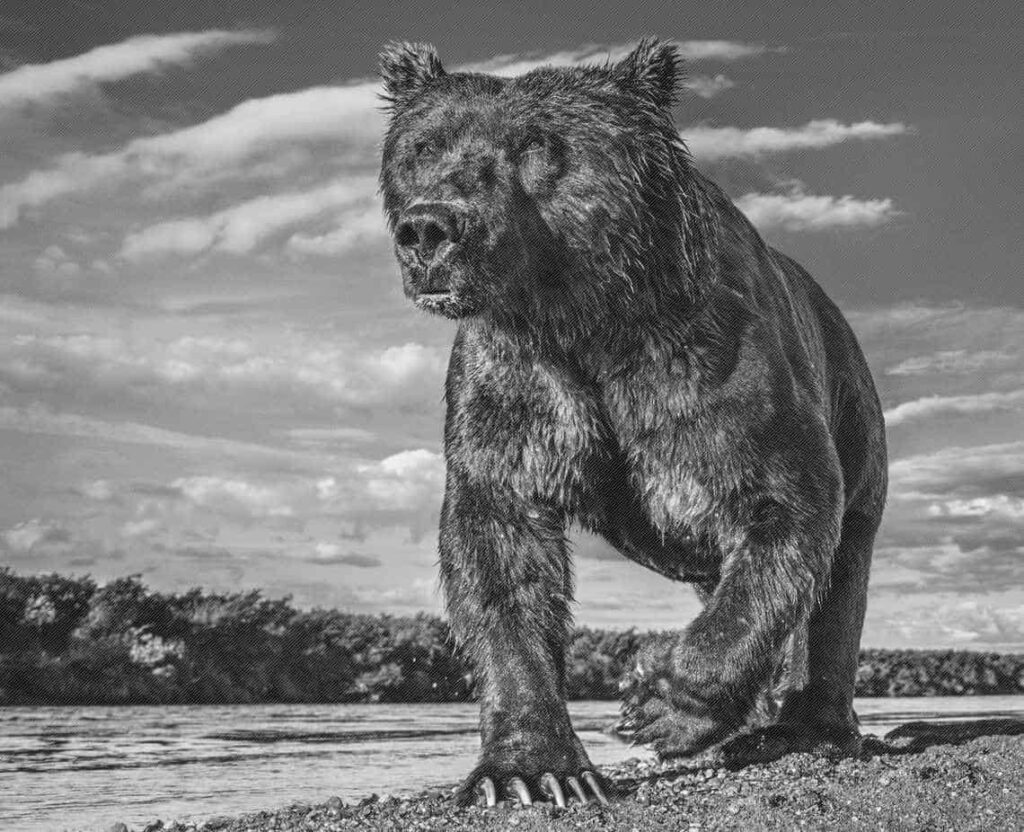
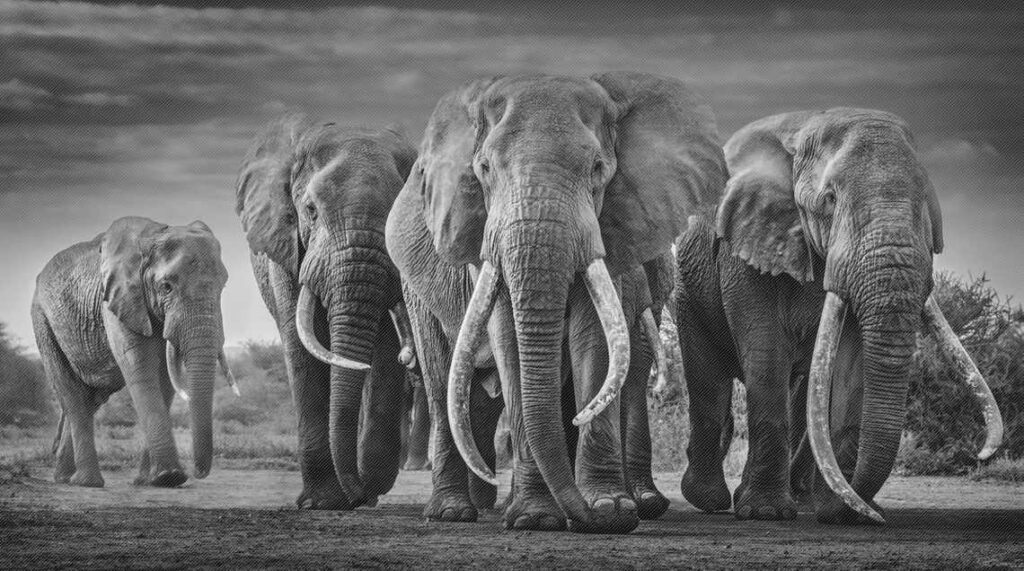



























































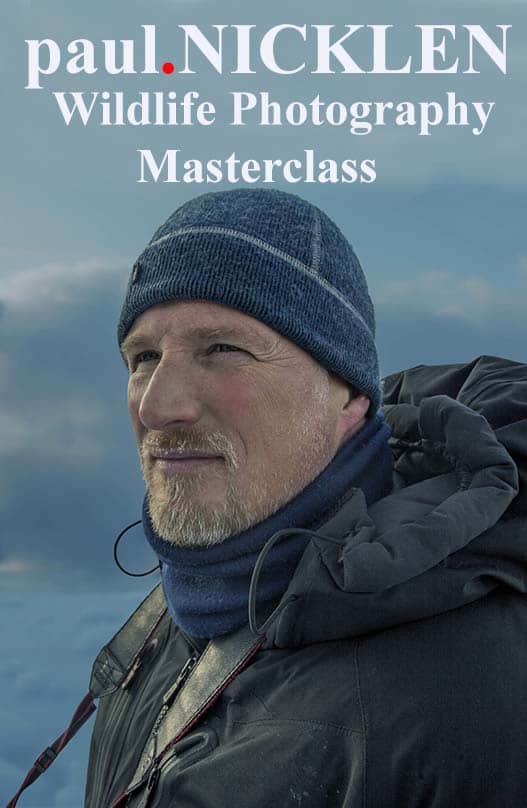

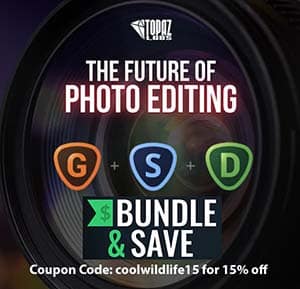

Comments
Black Friday Sales For Photography 2020 | Photographers Delight | Cool Wildlife
PHOToLOGO 2020 | 4 TIPS BEFORE ORDERING
Comments are closed.